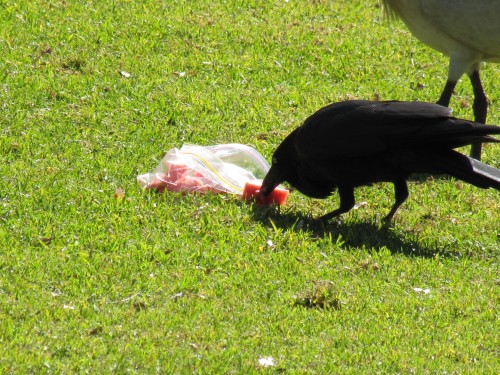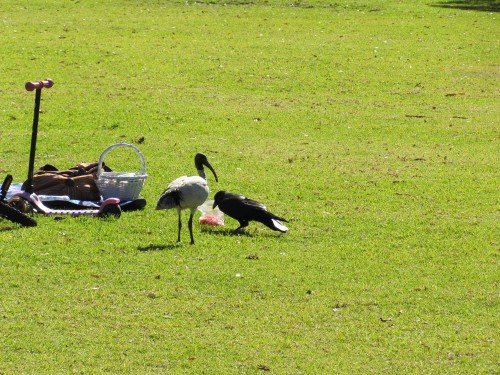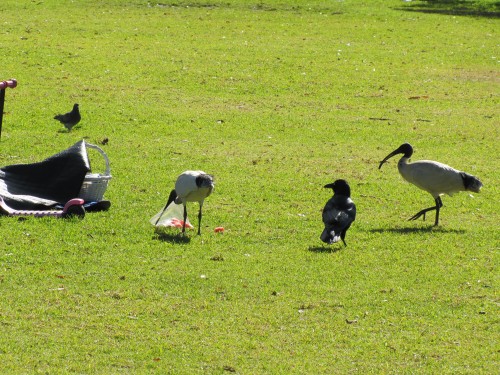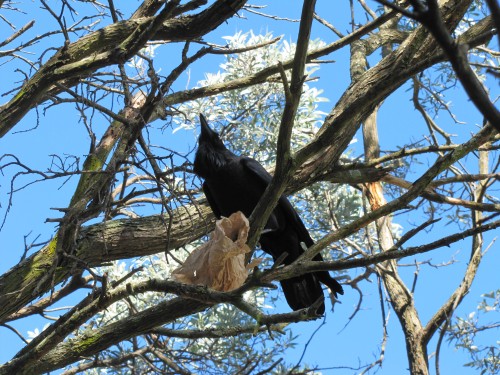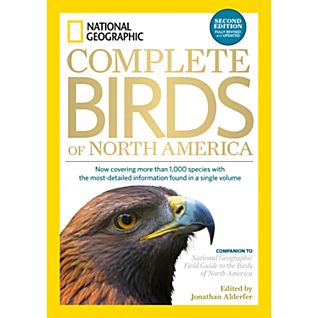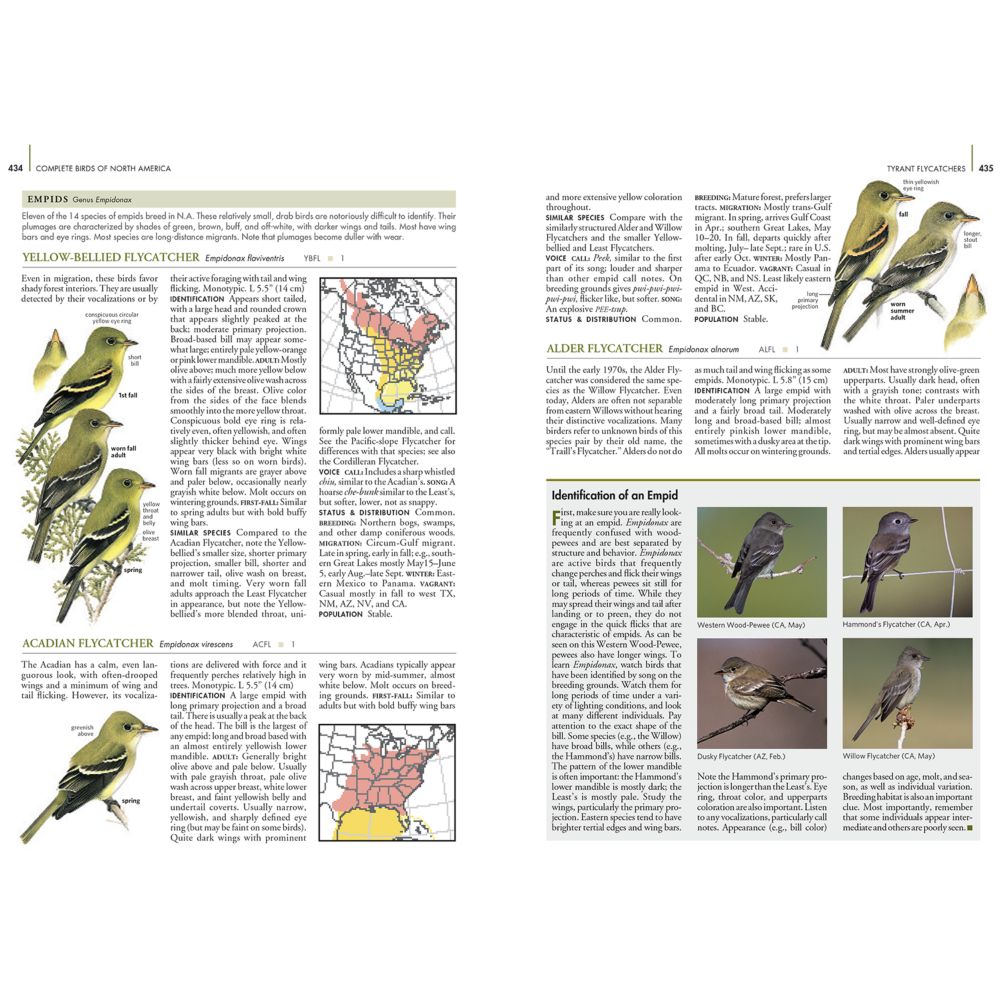Clever crows and a bossy ibis
Earlier this year we spent just over 4 weeks visiting our son and his family in Sydney. Over recent weeks I’ve shared some of the birding experiences we had while there, and when we weren’t on grandparent duties. On the very last day we had a family picnic at Centennial Park (see photo above). Some of our son’s friends were also present and the weather was brilliant; bright sunshine and just a hint of a breeze.
Over the course of the afternoon I managed quite a nice list of the birds observed in the park, including a few flying overhead. The most prominent in-your-face species were the usual suspects: Noisy Miners, White Ibis and Common Mynas. We had to be on guard all the time and some of our friends’ biscuits were snatched from packets within a metre or two from where we sat.
One species I didn’t expect to join this thieving group was the local crows, or more precisely, Australian Ravens. Now I have known that crows and ravens are sneaky, opportunistic thieves since the days when I grew up on the family farm in the mallee districts of South Australia. The local Little Ravens thought nothing of snatching a few eggs from our laying hens and ducks. On this picnic, however, I saw them in a different light; they are very clever.
In the photo above I’ve captured an Australian Raven “red handed” in the act of stealing some food from someone’s picnic. The bird was clever enough to know what was food, how to get it out of the basket and even how to open the plastic bag to get at the food. I am not sure what the food is – perhaps some cut up watermelon.
Within a few seconds, the successful heist was noticed by several White Ibis patrolling the picnic area. In the photo above the raven was still in control of the stolen food, but the ibis was about to take over. They are the “bully boys” in this situation, one that is repeated in many picnic grounds throughout eastern Australia.
It wasn’t long before an ibis had taken over eating the human picnic food (see photo above). Within a very short time several other ibises joined in the feast. Even a Rock Dove (feral pigeon) comes over to see if it can get into the act (see above, top left corner of the photo).
The raven wasn’t to be outsmarted, however. It went to another picnic spot nearby, rummaged through the human food delicacies and came up with something edible in a paper bag. To minimise the chances of being noticed and being bullied out of its catch, it flew to a nearby tree. There it was successful in holding the paper bag against the branch, opening it up and getting at the food (see photos below).
Very clever.
Observe the feathers (called hackles) on the throat. This helps identify this bird as an Australian Raven.
Review: National Geographic Complete Birds of North America
National Geographic Complete Birds of North America, 2nd Edition: Now Covering More Than 1,000 Species With the Most-Detailed Information Found in a Single Volume,
Edited by Jonathan Alderfer, with Jon L. Dunn, maps by Paul Lehman
National Geographic Society, October 2014.
ISBN-10: 1426213735; ISBN-13: 9781426213731
744pages; 10.1 x 7.2 x 1.8 inches
This is a truly magnificent volume and one I am pleased to add to my library. Although I live in Australia and do most of my birding here I have been birding in a number of non-Australian countries. Sadly, I have yet to spend any time birding in the North American continent, a state I would like to correct sometime soon. This wonderful volume just adds a keen impetus to that desire.
I did not buy the first edition of this great work, so I cannot make comparisons. It has been “fully revised and updated” so I will have to take the editor’s word for that. There has been a significant increase in the number of species covered, now numbering over 1000. Edited by Jonathan Alderfer, this volume is a natural companion to the National Geographic Field Guide to the Birds of North America.
Look at the numbers
This monumental work stacks up well as far as the numbers are concerned:
- a total of 744 pages
- Over 1000 species featured (compared with 962 in the 1st edition and 990 in the Field Guide)
- Over 800 distribution and migration maps
- 150 full colour photographs
- 9 photographers
- Over 4000 illustrations
- 21 artists
- 89 family groups included
- An interesting group of rarities discussed
- The text draws on the combined expertise of 25 birding authorities
- Two pages of references to Additional Reading
Format and layout
Each family of birds has a short introductory essay, followed by thorough coverage of each species in that family. Each species is then given a thorough coverage in the main body of the text, including:
- a general introductory paragraph
- Identification details (including male/female, juvenile and plumage variations)
- Geographic variation (where appropriate)
- Details of similar species
- Voice
- Status and distribution
- Population notes, including changes in numbers
- Range maps
- A small, field guide type illustration
- A photograph (selected species)
Range maps
The colour-coded range maps are very detailed and include:
- breeding range (salmon)
- year-round range (purple)
- winter range (blue)
- migration range spring and autumn (orange)
- migration range mainly in spring (green)
- migration range mainly in autumn (yellow)
- a range of other symbols (eg arrows showing direction of migration – see below)
Birds in flight
One of the useful details include the illustrations showing different aspects of a species in flight. This is particularly handy for those species birders see more often in flight rather than sitting or perching.
Concluding comments:
Overall, this is not only an impressive publication, it is immensely useful and helpful. It is by no means a thorough scientific handbook featuring and summarising all the current knowledge on each species; other handbooks do not far more effectively. (As an aside, it is nothing like our Handbook of Australian, New Zealand and Antarctic Birds (HANZAB) which is in 7 volumes, each of over 1000 pages of small print.) It doesn’t pretend to be an exhaustive authority on all things birds in North America. However, it succeeds admirably in being a single-volume reference to all the species of one continent, easy to read, easy to use and a delight to read – or just browse. It will delight all birders, from casual and inexperienced backyard birders through to field-hardened experts.
All I have to do now is:
- Find space on my bookshelf for this new volume
- Save up for a birding trip to North America.
Simple.
Good birding.
Disclosure: I would like to thank National Geographic for kindly providing a review copy of this book.
Further reading:
- National Geographic Pocket Guide: Birds of North America
- National Geographic Complete Birds of North America 2nd edition: a book review
- Review: Brushed by feathers by Francis Wood
- Review: a Field Guide to the Birds of Colombia
- Review: A Field Guide to the Birds of Australia (8th edition, Simpson and Day)
- A guide to the birds of East Africa: a novel

